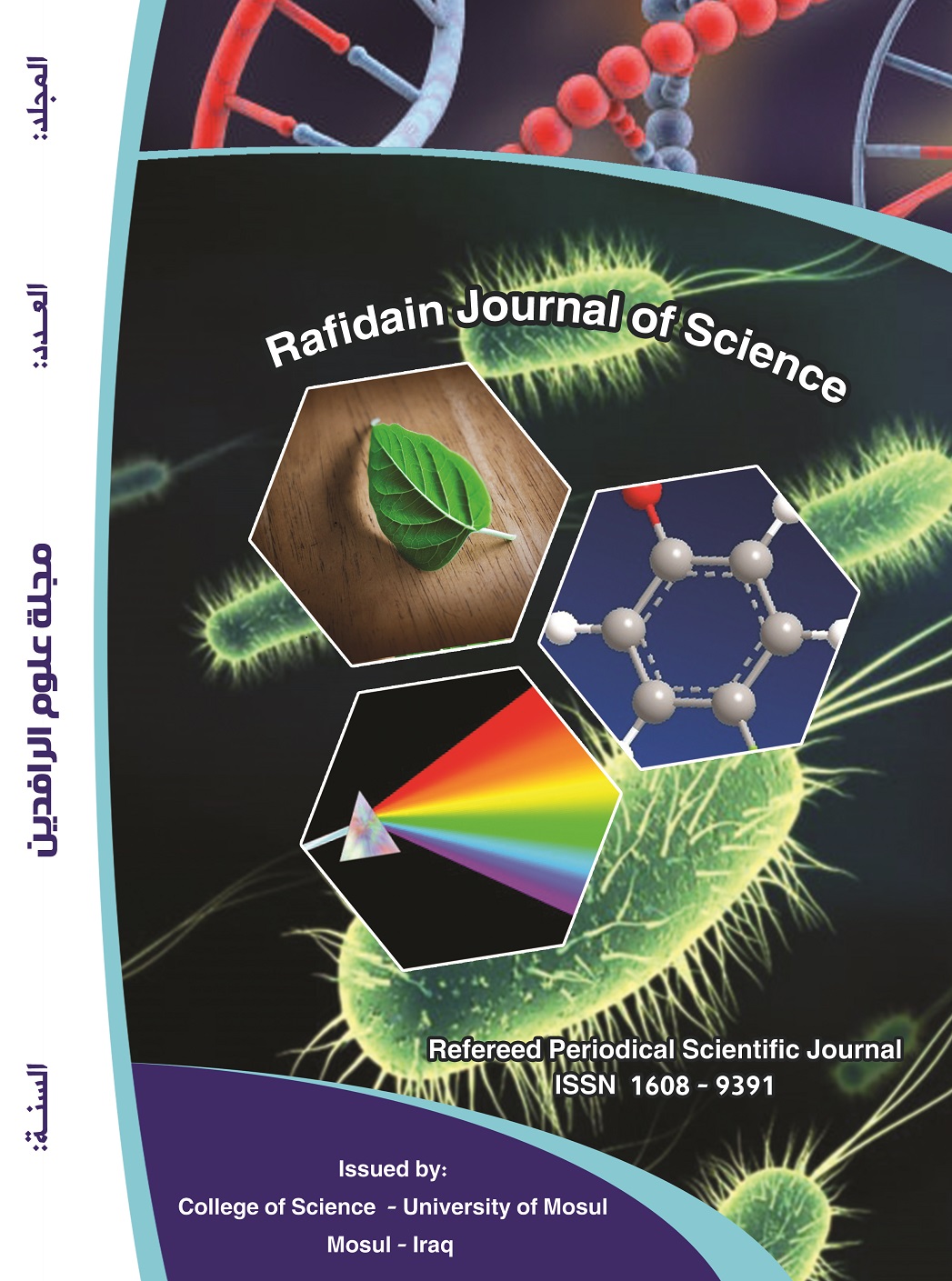Abstract
Vaginitis is still a health concern for women. The vagina is susceptible to trichomoniasis, bacterial vaginosis, and yeast infections due to its squamous epithelium. This is an original research project on the isolation of Cystobasidium slooffiae, from patients with cervical vulvovaginal infection in Erbil hospitals. In order to determine the frequency of C. slooffiae as the main reason of vaginal-cervical infection in women of reproductive age in Erbil city, this innovative study set out to identify it. By employing the universal primers ITS1 and ITS4, DNA sequencing verified the phenotypic and molecular identification techniques. The study also contains a test for the production of biofilms using Congo red agar (CRA), along with the discovery of the biofilm virulence genes; ALS1 and HWP1. Moreover, using the disc diffusion method to assess C. slooffiae\\'s antifungal susceptibilities. The identification of Cystobasidium isolates were tested phenotypically. The positive cultures include: non-Cystobasidium species, and C. slooffiae. Nucleotide sequence information for C. slooffiae is available under GenBank accession number OQ568166. The results of the ANOVA test revealed significantly variations in the level of sensitivity of C. slooffiae in opposition to antifungal discs, it was noted to be sensitive to every antifungal disc that was tested: Econazole (24mm) and ketoconazole (20mm), while resistance for each of Miconazole (8mm) and Nystatin (12mm). C. slooffiae was identified using a traditional and sequencing strategy, which seems to be a dependable, quick, and economical method. Not creating a biofilm and their sensitivity to different antifungal drugs were observed in C. slooffiae.
Keywords
Biofilms
Cervical-vulvovaginal infection
Cystobasidium slooffiae
Abstract
لا يزال التهاب المهبل يشكل مصدر قلق صحي للنساء. المهبل عرضة للإصابة بمرض المشعرات والتهاب المهبل البكتيري وعدوى الخميرة بسبب ظهارته الحرشفية. هذا مشروع بحثي أصلي حول عزل Cystobasidium slooffiae من المرضى الذين يعانون من التهاب فرجي مهبلي في عنق الرحم في مستشفيات أربيل. من أجل تحديد C. slooffiae باعتباره السبب الرئيسي للعدوى المهبلية وعنق الرحم لدى النساء في سن الإنجاب في مدينة أربيل، شرعت هذه الدراسة المبتكرة في التعرف عليه من خلال استخدام البادئات العالمية ITS1 وITS4، تم التحقق من تسلسل الحمض النووي من تقنيات تحديد النمط الظاهري والجزيئي. كما تحتوي الدراسة على اختبار لإنتاج الأغشية الحيوية باستخدام أجار الكونغو الأحمر (CRA)، إلى جانب اكتشاف جينات فوعة الأغشية الحيوية؛ ALS1 وHWP1. علاوة على ذلك، باستخدام طريقة انتشار القرص لتقييم حساسية C. slooffiae المضادة للفطريات. تم اختبار تحديد عزلات Cystobasidium ظاهريًا. وشملت النتائج الايجابية للزرع: الأنواعnon-Cystobasidium و C. slooffiae. ثبتت معلومات تسلسل النوكليوتيدات لـ C. slooffiae تحت رقم وصول GenBank OQ568166. كشفت نتائج اختبار ANOVA عن اختلافات كبيرة في مستوى حساسية C. slooffiae لمضادات الحیویة تجاه الفطریات، وقد لوحظ أنها حساسة لكل قرص مضاد للفطريات تم اختباره: الإيكونازول (24 ملم) والكيتوكونازول (20 ملم)، في حين أن المقاومة لكل من: ميكونازول (8 ملم) ونيستاتين (12 ملم). تم التعرف على C. slooffiae باستخدام استراتيجية تقليدية وتسلسلية، والتي يبدو أنها طريقة يمكن الاعتماد عليها وسريعة واقتصادية. عدم تكوين الغشاء الحيوي وحساسيتها للأدوية المضادة للفطريات المختلفة ل C. slooffiae تم اختبارهما.
Keywords
عدوى عنق الرحم والفرج المهبلي، الأغشية الحيوية، Cystobasidium slooffiae.
